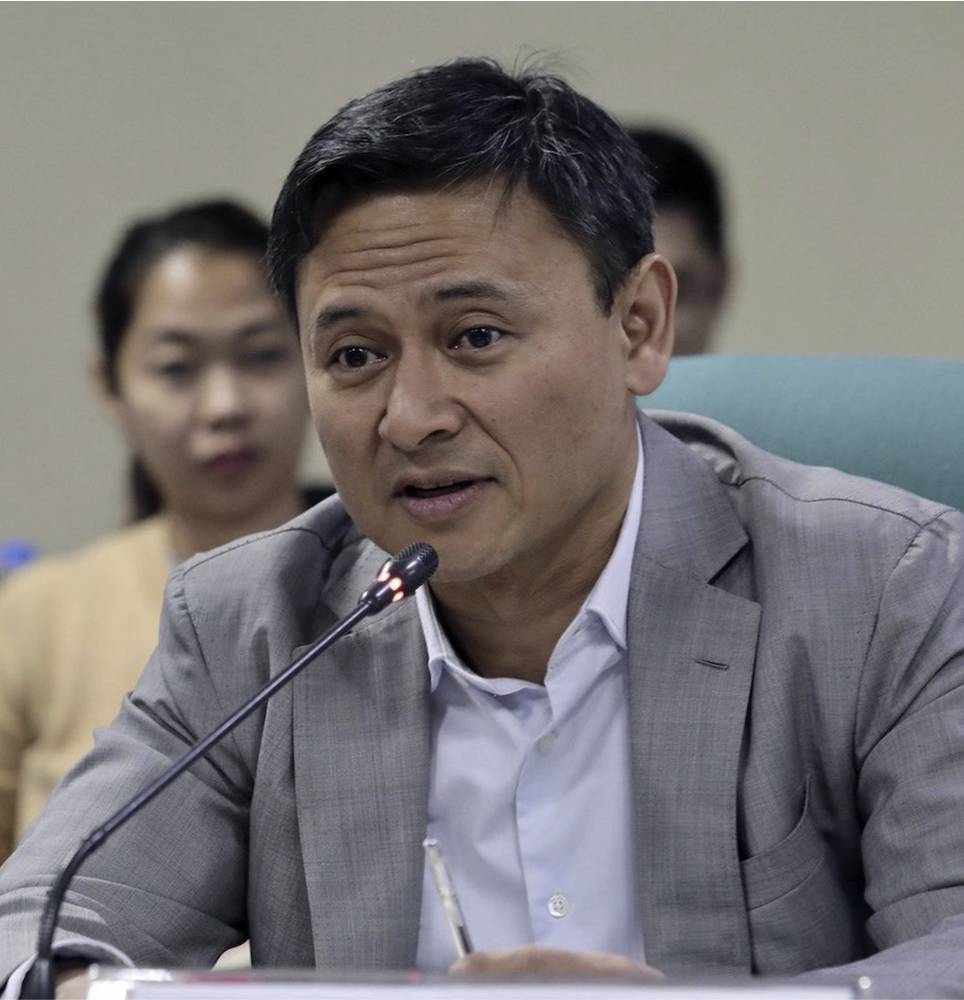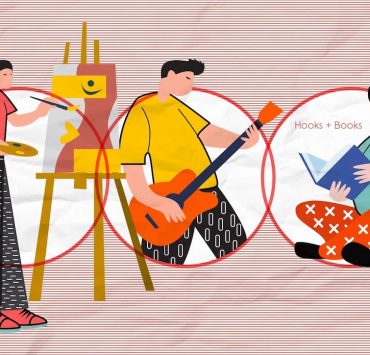Learn from other countries to raise PH’s international scores

President Marcos was expected to announce the new education secretary last week but postponed the decision, emphasizing we need someone capable of raising the Philippines’ scores in international assessments. (Mr. Marcos yesterday named Sen. Sonny Angara as the new education secretary.—Ed.)
This is indeed a very tall order for the incoming secretary, given that since the 1990s, when the country began participating in the Trends in International Mathematics and Science Study, we have consistently ranked near the bottom.
However, with a well-crafted strategy and comprehensive approach, the aspiration can be doable. It is crucial that this responsibility is not relegated to a small bureau like the Department of Science and Technology, but instead becomes a concerted national effort.
A strategic starting point would be to focus on the Southeast Asia Primary Learning Metrics (SEA-PLM), which provides more contextualized assessments for our region. Test providers have identified that the language of testing significantly impacts student performance.
As a result, they are planning to trial the use of local languages in upcoming SEA-PLM assessments.Learn from China and Canada. China strategically selected major cities to participate in the Programme for International Student Assessment (Pisa) while excluding rural areas.
Similarly, it was reported in 2015 that Canada sampled only about half of its 15-year-old population for Pisa, excluding areas with highly disadvantaged populations. It’s important to note that Pisa guidelines allow for the exclusion of students who are not native speakers of the testing language.
In the Philippines, schools in Makati City and certain areas in the Cordillera region have demonstrated high performance, suggesting that a targeted approach in choosing test locations could lead to better results.
Learn from Vietnam, too. In Pisa 2018, Vietnamese students were among the top 10, using a paper-and-pencil format despite Pisa being primarily computer-based. This highlights the significance of accommodating different test modalities. Filipino school principals have reported that students required practice sessions to become familiar with computer-based testing, indicating that the modality can significantly impact outcomes.
The language of testing is another critical factor in student success. In Malaysia, students took the Pisa test in both Malay and English, with elite private school students opting for English, while others used Malay. Spain used Basque, Catalan, Galician, Spanish, and Valencian languages.
It’s really time to consider using other languages for testing seriously. If we continue using English for assessments, it is crucial to offer accommodations such as using the more conversational or Philippine English version with parenthetical Tagalog explanations for complex terms (legitimate accommodation).
This approach aligns with the practice of our teachers who use English terminology but explain concepts in local languages to ensure better understanding.
Finally, we can learn from countries like India and Austria, along with over 100 others (like Egypt, Ecuador, Kuwait, Venezuela, etc.) that choose not to participate in Pisa. If we are really serious in improving education outcomes, we can improve our Early Language, Literacy, and Numeracy Assessment and the National Achievement Test so that they can provide more valid and reliable data to inform policy and practice.
Education isn’t a beauty contest where we aim to flaunt the most impressive scores; it’s about fostering relevant education and equitable opportunities for all learners.
Maria Mercedes Arzadon

















